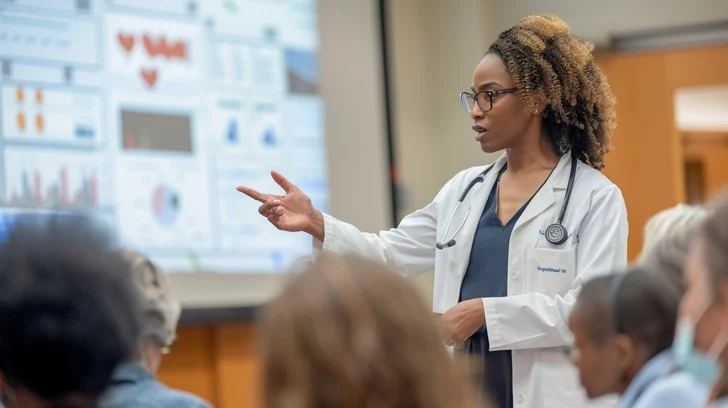
There are few books that change your life. Changing and Learning in the Lives of Physicians is one of them.
Fox, Mazmanian and Putnam, the editors of this 1989 milestone, taught us several things. That change within and among physicians is ubiquitous. That we are not, on graduation from medical school, or on completing residency, fully and wholly professional. That the evolution into a mature and competent clinician is an ongoing process, perhaps never complete. That change inhabits a continuum, from smaller adjustments, to larger accommodations, to even larger redirections. That it can be as large as a perspective transformation. That those of us who think about education ignore these lessons at our, and more importantly clinicians’ and their patients’, peril.
This book summarized a qualitative research study coordinated by what is now called the Society for Academic Continuing Medical Education, a joint American and Canadian enterprise. The numbers are impressive: 24 universities; 40 investigators; 340 physicians; 775 changes recorded; and one elegant model of learning and change. The model provides guidance nearly four decades later. The study’s questions – e.g., What did you change last in your practice? Why did you make the change? What resources or learning accompanied the change? – provided grist for a large-concept thought experiment, and articulated professional change as a highly human, creative endeavour. It established a rigorous basis for research in continuing professional development.
And it did more that that. It changed me, one its investigators.
In the words of the book, I’d already made many small adjustments in my practice – simple changes like prescribing ampicillin instead of less effective forms of penicillin. I’d learned to accommodate larger changes: frustrated by patients with too-early heart disease, I signed up for training in motivational counselling to help my practice’s (many) smokers. I’d undertaken larger changes, called redirections. I will not forget informing my first HIV-positive patient that he had AIDS in the late 1980’s – understanding a new disease, acquiring or honing skills I’d lost or never fully developed, and even changing many of my mid-fifties attitudes. And this, perhaps the biggest change: recognizing that I couldn’t care for patients the way I wanted in a fee-for-service, single-professional environment, I moved to a multiprofessional, community health center. In the process, my suburban, well-heeled practice gave way to an urban, other-side-of-the tracks setting. In the giant shift, I learned this: how to be a better, more reflective practitioner. Not wise yet, but wiser.
Finally, the clinical changes were only part of a larger academic package. I learned how to be a better researcher, moving from a quantitative, outcomes-oriented world view to understanding (and being respectful of) the qualitative. I learned how to be a better CPD provider: it’s more than aiming our CME at the 100 attendees at a CME event, it’s knowing that there are a hundred individuals there, each with their own set of needs, problems, goals. Perhaps most of all, I learned the infinite value of teamwork, leadership and vision, especially of the caliber that created Changing and Learning in the first place.
We need it today in both countries. I hope we find it.


